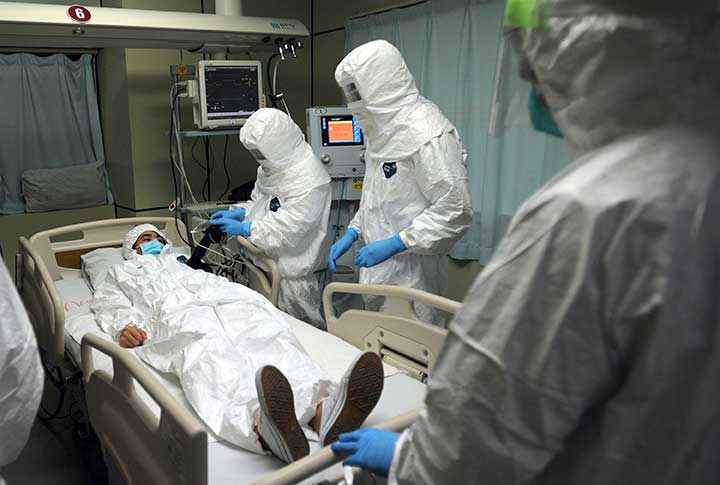A perspective on trauma
When nurses think of trauma, what most often comes to mind are patients who enter the health system for care after traumatic injuries—a fall, an assault, a motor vehicle accident, a gunshot or stab wound, for instance. As we provide care to these patients–or to any patient who comes to us—it’s important we acknowledge that the work of nursing poses risks of physical injury or trauma. Hopefully, by acknowledging those risks, we become motivated and aware of the need to take necessary steps to keep ourselves safe from preventable harm or trauma in the workplace.
Nurses can be at risk from patients or the work environment itself. I know from personal experience how devastating it can be to experience physical injury or trauma as a nurse. After 26 years as a staff nurse in direct care, my career as an emergency department nurse was cut short by a needlestick injury that resulted in infection. The American Nurses Association and others fought hard to get legislation passed to give healthcare workers tools and safeguards to prevent bloodborne pathogen exposure. We all have a responsibility to use the personal protective equipment provided to us, including goggles, gloves, and safe needle devices. Back injuries, which we now know have nothing to do with proper body mechanics, are another all-too-common source of traumatic injury for healthcare workers. We also know such injuries are largely preventable with use of proper lifting equipment.
It has become increasingly common and distressing to hear of incidents where nurses or other healthcare team members have been harmed or physically injured by others while on the job. Harm may involve verbal abuse from coworkers, patients, or family members who are distressed, angry, or frustrated—or it may involve being physically assaulted in the workplace. The problem has become so widespread that ANA devoted the November/December 2010 issue of The American Nurse to the problem of workplace violence. I hear firsthand from nurses about horrifying—and again, often preventable—instances of nurses who’ve been physically assaulted by patients. Recently, I spoke with a nurse from Connecticut who’d been shot three times by an agitated patient on his unit who had brought a gun to the hospital along with other personal belongings.
Nurses also need to think about potential threats that may be closely tied to a patient’s own injury mechanism, such as a domestic or gang-related assault. Realize that what brought the injured patient to the healthcare setting could spill over into the care setting in the form of workplace violence.
We must be vigilant and proactive in doing everything possible to protect ourselves and our colleagues from workplace trauma, including identifying behaviors that are abusive or indicate the potential for violence. Being attuned to the potential for abusive or violent behavior from patients may involve routinely screening for prior violence or active substance abuse when taking a patient history. It may also warrant implementation of new security measures and policies. In the case of the Connecticut nurse who’d been shot, new policies and security measures were adopted; his hospital now requires a routine inventory of patients’ belongings on admission. Unfortunately for him, those measures came too late.
To safeguard worker safety, every patient-care setting should have a safety committee that plays a proactive role in identifying the need for creating and enforcing safety-focused policies and procedures, including advocating for secure access to high-risk areas (such as emergency departments) and ensuring adequate mechanisms for keeping patients and staff safe. Direct-care nurses, who understand better than most the inherent risks of the workplace, should be members of every institutional safety committee.
Just as importantly, nurses and other healthcare workers who experience trauma within their care setting must be treated with compassion and respect and receive the support and care that providers would extend to any trauma patient. Most of all, we must do everything possible to keep ourselves and our colleagues safe as we provide care to patients. We deserve no less.
Karen Daley, PhD, MPH, RN, FAAN
President,
American Nurses Association


















